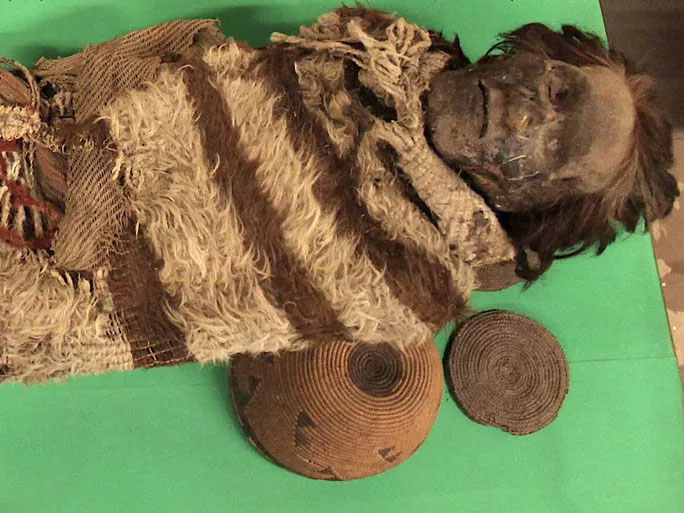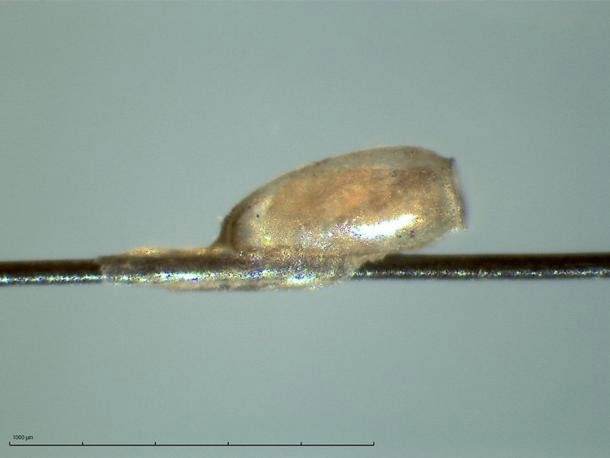An ancient virus has been discovered in lice found on the hair of mummies, revealing a story about a disease that occurred in South America 1,500-2,000 years ago.
The recovery of DNA from the scalp of numerous 1,500-2,000-year-old mummies from the Ansilta culture in San Juan province, western Argentina, has unveiled secrets hidden within ancient lice that seemed to have spread widely among certain South American populations at that time. However, this was not merely a nuisance related to hair. These lice carried a type of virus, according to Ancient Origins.

One of the mummies in the study – (Photo: University of Reading)
Representing the research team from Argentina, the UK, and Denmark, Associate Professor Dr. Alejandra Perotti from the University of Reading (UK) explained that this DNA recovery technique targets the lice on the scalp, which were well-preserved in the ancient remains. When these lice lay eggs, a type of biological “cement” is produced to firmly attach the eggs to the hair shaft. This binding material contains a significant amount of human cells and has been incredibly well-preserved over time.
Ancient DNA has shown a genetic link between three of the mummies and human populations in the Amazon 2,000 years ago. More comprehensive examinations indicate that this ancient civilization was established by a group of migrants from across the northern Amazon plains to the Midwest of Argentina.

Lice eggs attached to the hair shaft with a special material containing well-preserved DNA – (Photo: University of Reading)
The publication in the journal Molecular Biology and Evolution also revealed another unusual finding within this binding material: a virus that causes skin cancer, which may have spread among many ancient populations while these mummies were still alive.
These findings demonstrate the potential for analyzing ancient DNA from the binding materials of lice eggs and hair on mummies, as the amount of DNA they collected was abundant and preserved a wealth of important information.


















































